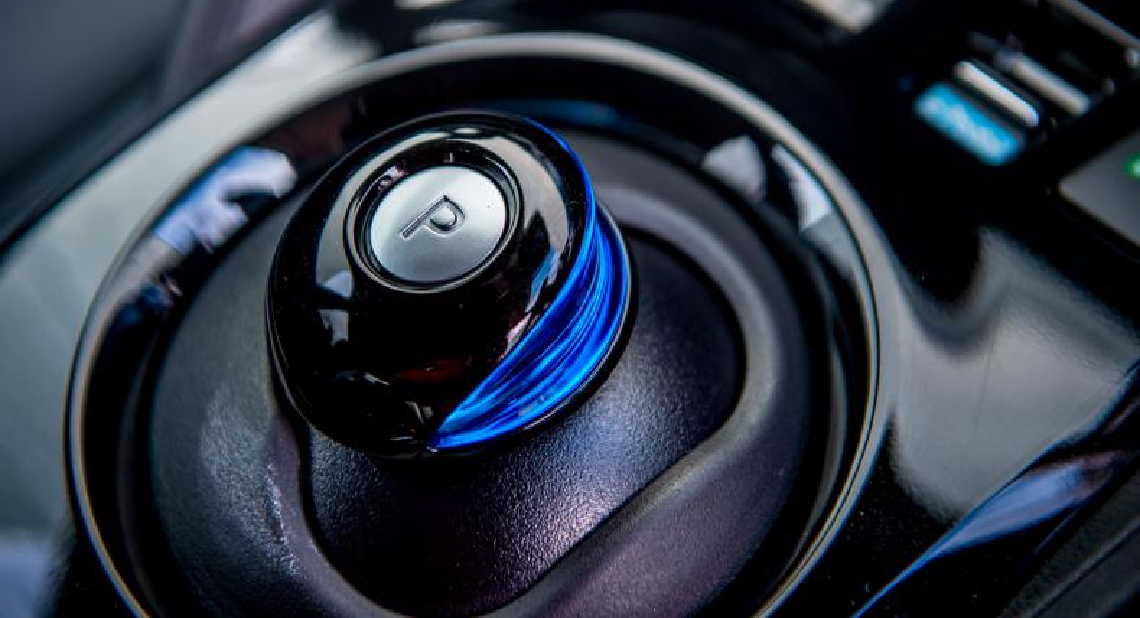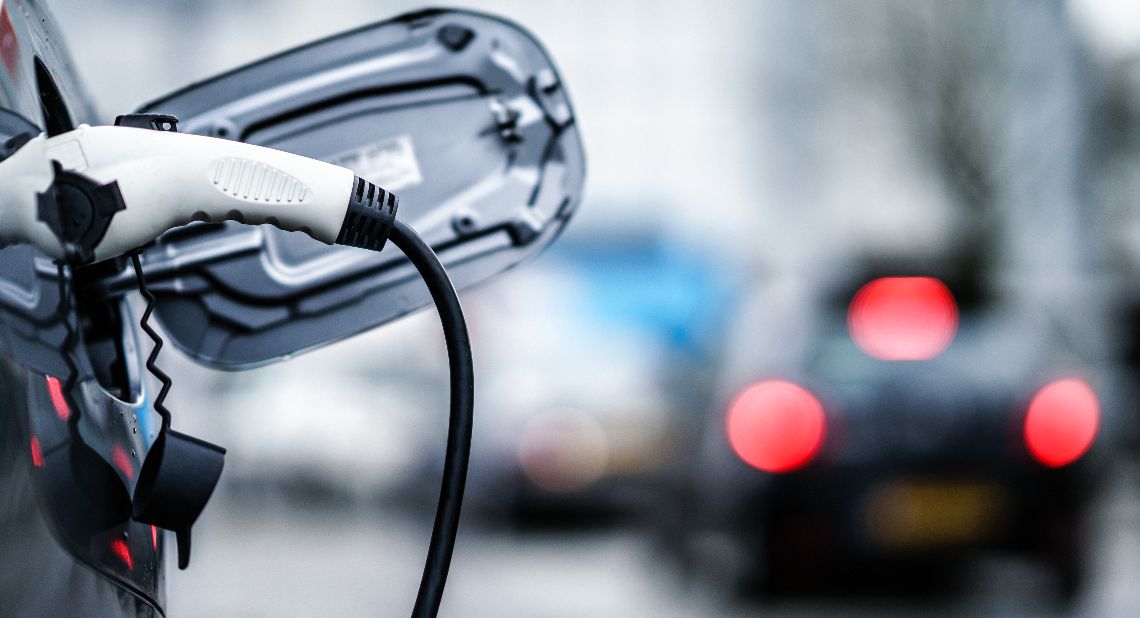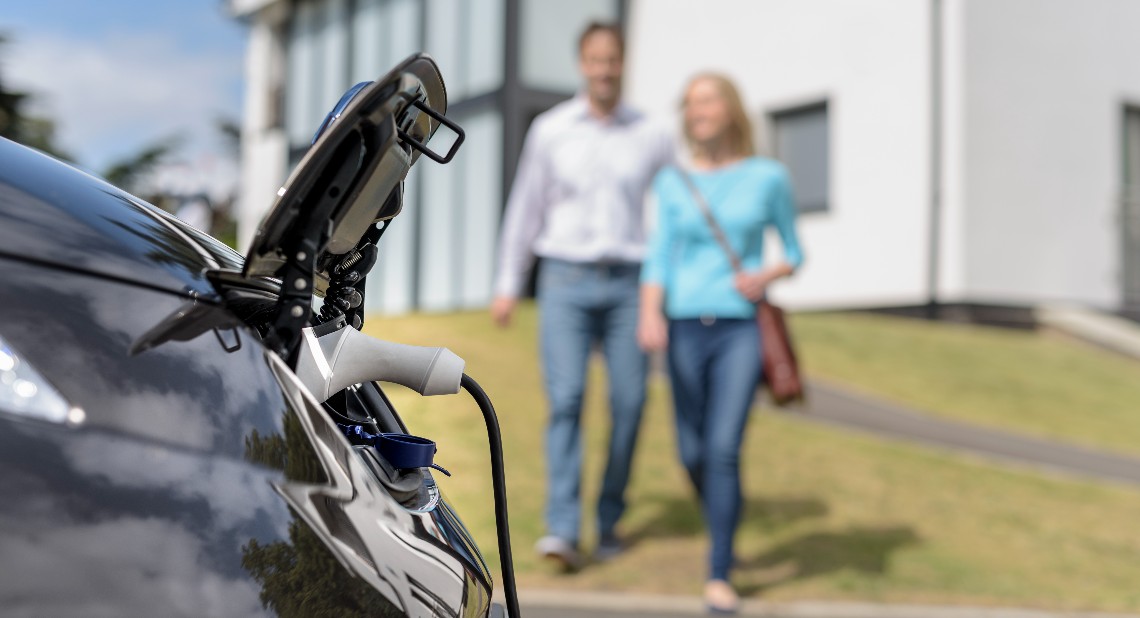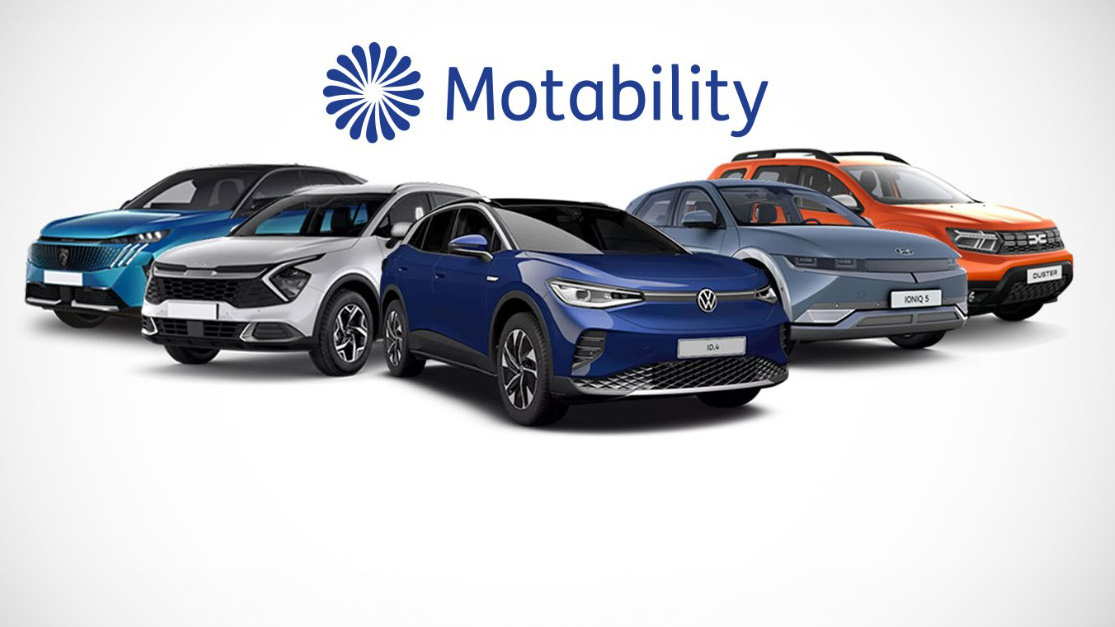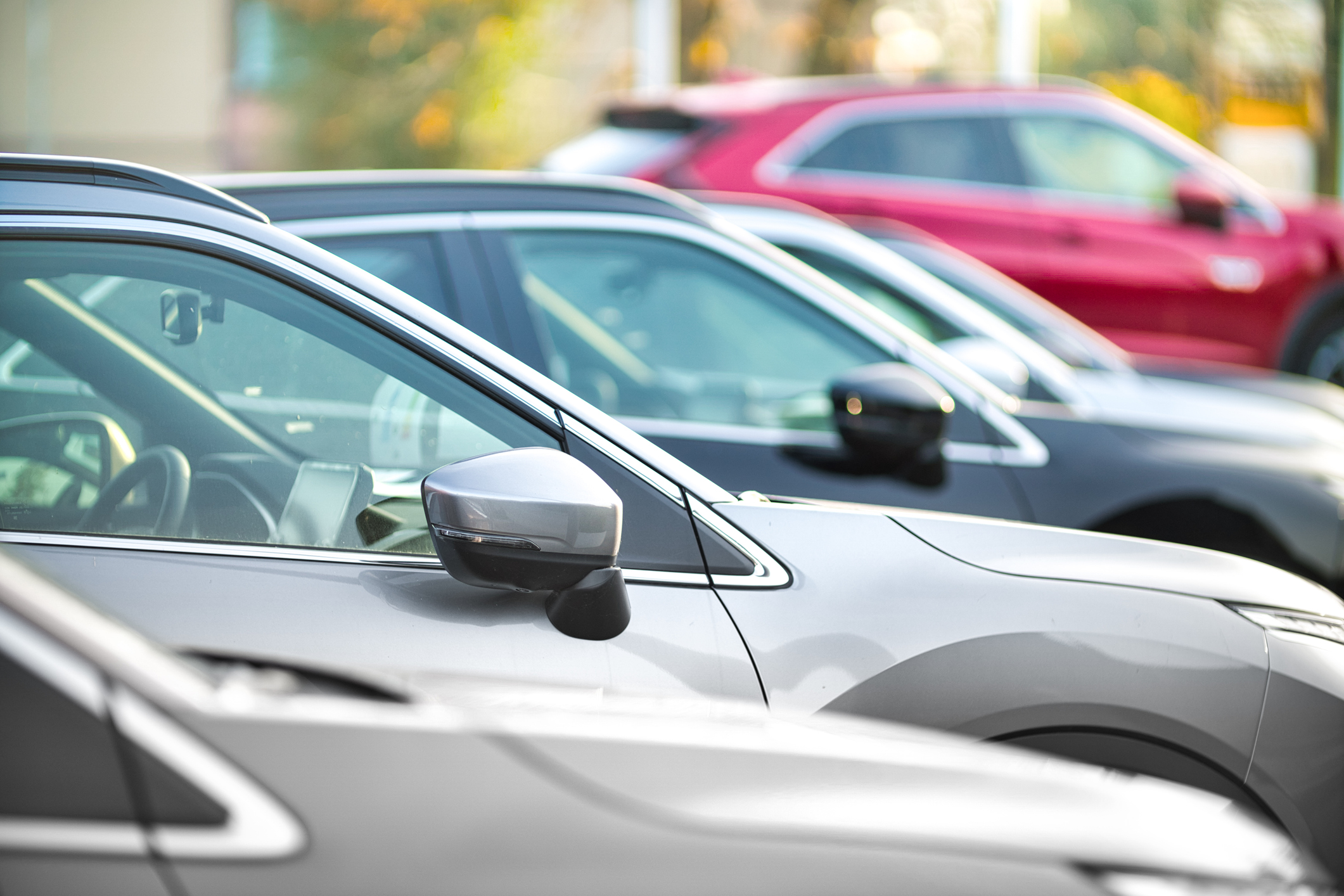The environmental benefits of electric vehicles (EVs) are one of the main reasons why so many drivers are switching from more traditional diesel and petrol vehicles — but what’s it like to drive EVs? And what else makes them different? Unlike traditional petrol-powered vehicles, EVs don’t have a gearbox. This alone streamlines the driving modes and creates a smoother experience when the car shifts gears. This article by Car Buyer provides more insight into the significance of this difference and the other benefits of EVs.
Driving and owning an electric car does require a degree of adjustment if you are used to owning a petrol or diesel model. But one part which is certainly going to be easier to use is the gearbox – because most electric cars don’t actually have one!
As electric motors are different in the way they deliver power to the wheels, electric cars generally will just have a simple switch that will mimic the settings you may be used to with a conventional automatic.
It will let you select “Drive” to go forward, “R” for reverse and “N” for neutral. Some will have additional modes that allow you to change the way the car drives (such as an Eco or Sport setting) but it won’t actually change the way the transmission operates – instead it will change other functions, such as the throttle sensitivity.

Once you’ve driven off, you may be surprised to find that, as the car accelerates and slows down, it doesn’t have the feeling of shifting through gears; it’s just a smooth, linear drive right up to cruising speeds and back to a standstill instead.
This is because electric vehicles (EVs) don’t need a gearbox with different speeds like conventional diesel or petrol vehicles. Instead, they get away with just a single gear and a reverse.
This is especially impressive considering how quick some electric vehicles can accelerate. The Tesla Model S Performance, for example, can do 0-60mph in just 2.4 seconds, making it a family saloon that’s faster than most supercars.
This is possible because electric motors are more flexible than conventional, fuel-burning, engines. An EV motor produces its pulling power instantaneously as soon as you press the accelerator and it will spin up to 20,000 revolutions per minute – about four times more than a conventional diesel or petrol engine.
The electric motors are also power-efficient throughout this rev range, meaning they do not have to be sitting in a small, narrow rev band to deliver optimal performance.
Conventional diesel and petrol cars require a gearbox with multiple gears because the engine is only capable of being efficient in a relatively narrow band of engine speeds.
The different gear ratios help the conventional engine keep within this narrow power band at different road speeds. That’s why a petrol car will easily accelerate to 20mph in first gear, but won’t go much faster without reaching the engine’s rev limiter, or red line. With the same logic, drivers will struggle to pull away from a standstill in sixth gear, as this ratio is designed for faster driving.

This all means an electric vehicle can reach its top speed in a single gear, which is chosen by the engineers to offer the best compromise between low and high-speed performance. Most are capable of accelerating at town speeds faster than a hot-hatchback and easily breaking the motorway speed limit, so there’s no great sacrifice involved.
It also makes EVs much less complicated to build and maintain. Installing a driveline system with multiple gears would immediately add cost, which then brings up the car’s price. With EVs already seeming comparatively expensive, manufacturers obviously want to avoid this.
However, this single gear rule may change for EVs in the future. In Formula E, the electric single-seater race series, some teams opt to run their vehicles with a three-speed gearbox to give the best combination of performance and efficiency as power outputs are limited by the rules.
For road cars, several concepts have been shown which suggest that cheap-to-make twin-speed gearboxes may be used in some future electric models, as it will allow for smaller, less powerful and cheaper electric motors to be fitted and range to be increased without harming performance.
That covers pure EVs, but what about hybrids which have an electric motor and a petrol or diesel engine? Most modern hybrids also have an automatic-style change, which means you don’t have to get used to anything complicated in order to drive one. But under the skin, the systems used are quite different.

The BMW i8 sports car, for example, uses a BMW two-gear system and Toyota’s hybrids have a more conventional CVT transmission, which uses a belt moving between two cones to make sure the engine speed is right for either economy or performance.
Mitsubishi’s PHEV Outlander has a ‘one-speed’ gearbox that drives in EV mode, directing drive to the wheels from the motors up to motorway speeds, before a new gear engages automatically to take power directly from the petrol engine. The driver doesn’t have any agency in this – it’s all controlled by computer.
As EVs and hybrids become more popular and advanced, expect more options and technological advances to make them more efficient. Don’t worry about any of these making life more complicated for the driver – it’s unlikely we’ll even see an electric car or hybrid with a clutch pedal and gear lever.
Do you want to know more about electric cars? Why not read our complete guide to electric cars for everything you need to know.
This article was written by Tom Barnard from Car Buyer and was legally licensed through the NewsCred publisher network. Please direct all licensing questions to legal@newscred.com.
*Please note that not all of the vehicles listed above are available within the Motability Scheme. To learn more about available vehicles click here.
Related articles
Electric cars: how to speak the language
What is a hybrid car and is it right for you?
What does fuel consumption mean?
![]()
